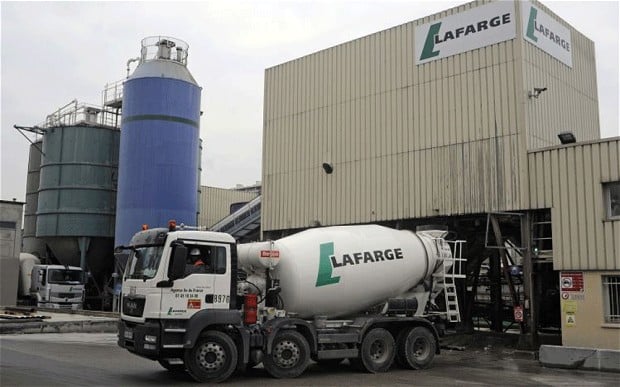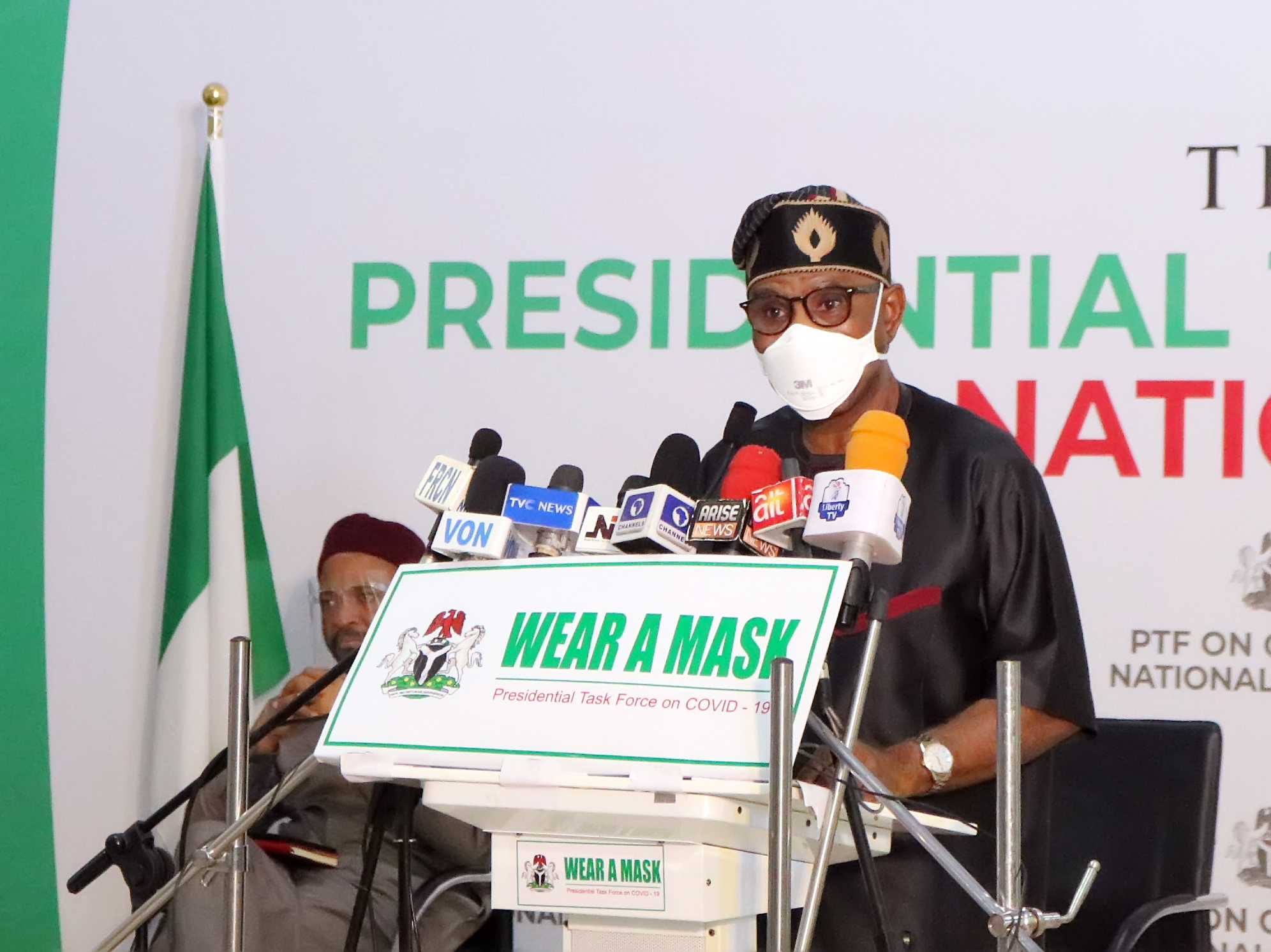Lafarge Africa Plc experienced an upsurge of 38 percent in input cost in the third quarter, which consumed virtually all the increase in sales revenue for the period.
This is a change of direction from the second quarter position when cost of sales dropped by 14 percent.
Cost saving from the drop in input cost was the main strength for the profit boost the company realised in the second quarter. The cost increase in the third quarter was equally the cause of the company’s loss of profit capacity in the quarter.
The cement producing company strengthened sales revenue in the third quarter from a 5 percent decline in the second quarter to 31 percent growth quarter-on-quarter. The revenue improvement however failed to deliver a reasonable improvement in profit.
Advertisement
Profit edged up by less than 3 percent from continuing operations to N4.8 billion for the quarter – the lowest quarterly profit for the company so far in the year.
Loss of operating momentum in the third quarter has added to the effect of a big windfall in the preceding financial in dwarfing earnings performance. A windfall of over N106 billion in the third quarter of last year from discontinued operations enabled the company to build an after tax profit of N120 billion at the end of September 2019.
This is followed by relative leanness in the 2020 financial year, as profit dropped to N28 billion at the end of the third quarter. Despite that profit grew by 37 percent from continuing operations at the end of September 2020, the exceptional growth in the preceding year has kept the gains subdued.
Advertisement
The development in the third quarter turned the table for Lafarge Africa from the 159 percent advance in the bottom line at half year to 76 percent profit fall at the end of the third quarter in September 2020.
Rising administrative expenses in the third quarter added to the operating strain the company faced in 2020. Administrative cost changed direction from a 46 percent drop in the second quarter to a 31.5 percent advance in the third quarter. Also, finance expenses lost its high speed drop of 69 percent in the second quarter to 4 percent in the third.
Cost increases took the place of huge cost savings that boosted profit performance in the second quarter. Net profit margin dropped from 27 percent in the second quarter to 8 percent in the third. The lean third quarter performance has jerked down the company’s year-on-year position from the impressive records posted at half year.
On year-on-year reading, sales revenue accelerated from 2.2 percent at the end of June to over 10 percent to almost N180 billion at the end of September 2020. There was almost a matching increase of roughly 10 percent in input cost to N124 billion. This eroded gross profit, which still grew by 11 percent to N56 billion.
Advertisement
Selling and marketing expenses remained a cost saving area for the company and maintained a declining trend that was on from the first quarter. The pace of the drop increased further from 10 percent at half year to 12 percent at the end of the third quarter to close at N2.8 billion.
Administrative expenses countered the gains with its sudden change of direction from a 31 percent drop at half year to 5.5 percent increase year-on-year at the end of the third quarter. Some other favourable developments moderated the rising administrative cost. These are an improvement in other income and impairment write back on trade and receivables.
The outcome is an increase of 16 percent in operating profit to N41 billion at the end of September 2020. This is an upturn from the preceding year’s position when operating profit went down by 9 percent.
A big cost saving continued to come from finance expenses, which dropped by 55 percent year-on-year to N7.5 billion at the end of September. The drop enabled management to raise pre-tax profit by as much as 70 percent to over N34 billion at the end of the third quarter.
Advertisement
After tax profit was however affected by a tax expense of over N6 billion against a tax credit of 434 million over the review period.
The rapid drop in finance expenses is the reward of the extensive deleveraging of the company’s balance sheet, which has resulted in the lowest debt figure in many years. Management cut interest bearing debts by 76 percent to N64 billion in 2019 — which was further down to N53 billion at the end of September.
Advertisement
The company closed the third quarter operations with an after tax profit from continuing operations of N28 billion, which is an increase of 37 percent year-on-year. The strong growth was however obscured by the huge profit from discontinuing operations in 2019, which overturned the bottom line into a drop of 76.5 percent at the end of the third quarter.
The company earned N1.75 per share at the end of the third quarter operations, down from N7.46 per share in the same period in 2019. The 2019 financial year closed with earnings per share of N7.15 and a cash dividend of N1 per share to shareholders.
Advertisement







